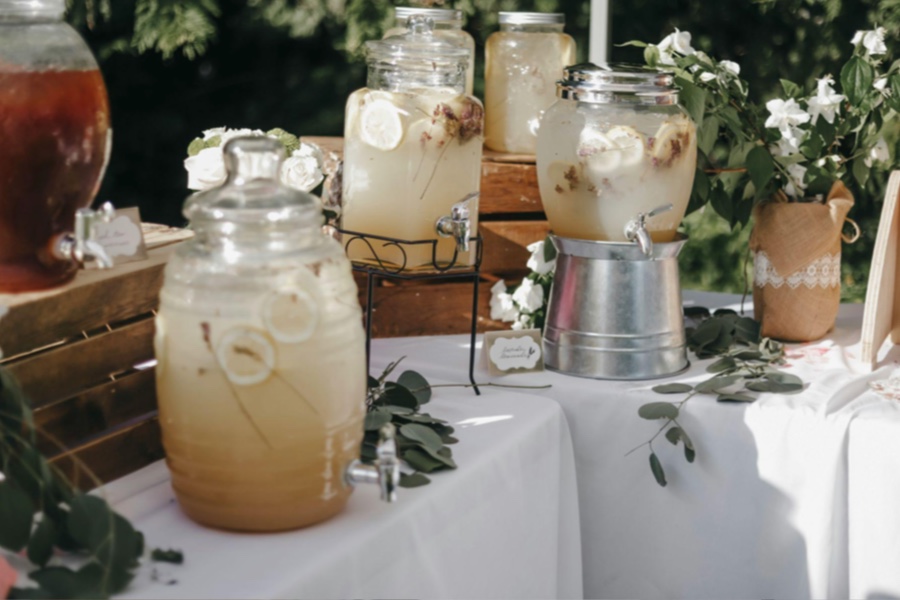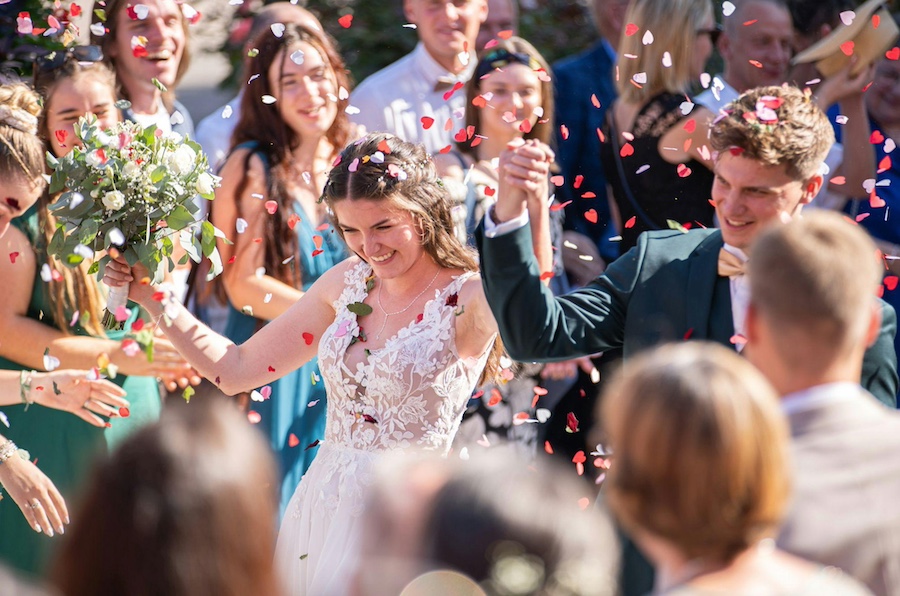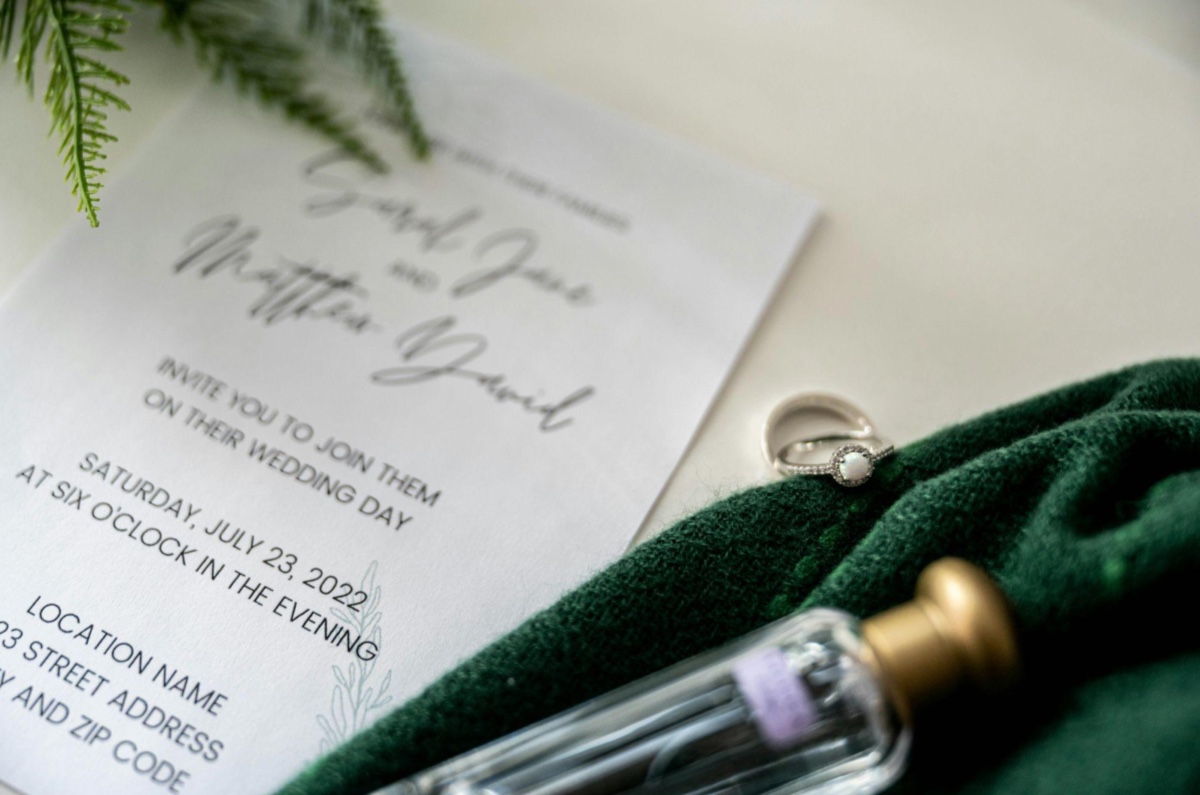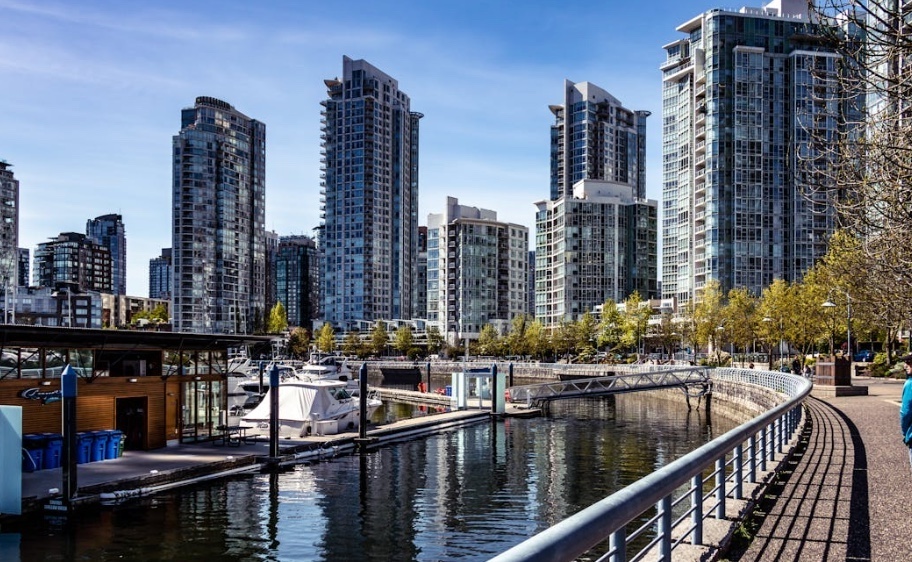No matter how many Pinterest boards you’ve built or how many wedding blogs you’ve read, the truth is this: even the most beautiful wedding can fall apart without a solid plan. A carefully crafted timeline is the backbone of your big day, ensuring that every moment, from the first sip of champagne in the morning to the last dance at night, flows seamlessly.
And while every couple dreams of their own version of “perfect,” one common thread ties all successful weddings together: thoughtful organisation. From coordinating hair and makeup to booking reliable wedding musicians who know how to set the tone, every detail belongs somewhere on the schedule. The good news? Building this timeline isn’t as overwhelming as it sounds.
In this guide, we’ll walk through each step of creating a wedding day schedule that’s as stress-free as it is memorable, complete with tips from planners, examples of what works in real life, and small adjustments that make a huge difference.
Step 1: Start with the Ceremony and Work Backwards
Your ceremony is the anchor point of the entire day. Once you know the start time, whether that’s a 2 p.m. garden ceremony or a 6 p.m. twilight vow exchange, you can build everything else around it.
- Example: A 4 p.m. ceremony means you’ll want photography to start by 2 p.m., hair and makeup wrapped by 1:30 p.m., and wedding party arrivals scheduled by 1 p.m.
- Buffer zones: Always add an extra 15-20 minutes at each step. Weddings rarely run early, but they often run late.
Think of this as the skeleton of your day. Once you lock it in, you’ll have a framework for every other activity.
Step 2: Factor in Prep Time for the Wedding Party
Hair, makeup, and getting dressed can take longer than expected. Add at least 30 extra minutes to the time your stylist suggests, especially if you have a large wedding party.
Pro tip: Make a list of who’s going first versus last. Bridesmaids or groomsmen who aren’t in early photos can often go later, while parents and siblings should be scheduled earlier.
This is also a great moment to consider personal touches, like a champagne toast, gift exchange, or handwritten letters to your partner. Building them into your timeline ensures they don’t get lost in the chaos.
Step 3: Decide on a First Look (or Not)
First looks are increasingly popular, and they can shape your entire schedule.
- With a first look: You’ll take most portraits before the ceremony, freeing up time to mingle with guests at cocktail hour.
- Without a first look: Photos will happen afterward, which means cocktail hour runs without you (but adds to the suspense of seeing each other for the first time at the aisle).
Either choice works, but you’ll need to plan around it. Couples who choose a first look often need to be camera-ready 2-3 hours before the ceremony.
Step 4: Build in Travel Time
Even if everything happens at one venue, people will move from space to space: hotel to ceremony site, ceremony to reception, reception to after-party.
- Tip: Map out travel times using real-world conditions (think Friday rush hour in downtown Vancouver).
- Logistics: Schedule transportation, assign ushers or coordinators, and communicate the plan clearly to your wedding party.
A 10-minute car ride can easily become 25 minutes when you factor in gathering people, taking photos, or Vancouver traffic.
Step 5: Capture the Cocktail Hour Magic

Cocktail hour bridges the ceremony and reception. Guests sip, snack, and socialize while you’re busy with photos, unless you planned a first look.
If you hired live entertainment, this is where they shine. Jazz trios, acoustic singers, or string quartets bring elegance and energy without overwhelming conversation. The key here is pacing: give yourself enough time for group photos, but not so much that guests are left waiting without food or drinks.
According to The New York Times’ wedding coverage, modern couples increasingly see cocktail hour as the moment that sets the tone for the evening, more than the ceremony itself.
Step 6: Plan the Reception Flow
Receptions have a rhythm, and when done well, it feels like one smooth experience rather than a string of separate events. Here’s the traditional order most planners recommend, with flexibility for your own flair:
- Grand entrance of the couple and wedding party.
- First dance or straight to dinner service.
- Toasts sprinkled between courses.
- Parent dances before opening the dance floor.
- Cake cutting and dessert service.
- Open dancing and entertainment.
The role of music is crucial here. Whether it’s a DJ or live band, your entertainers control the energy. Communicate your must-play and do-not-play lists early, and give them cues for transitions. A wedding band or DJ with experience knows how to read a crowd and keep the floor full.
Step 7: Don’t Forget the Quiet Moments
Weddings are full of chaos, but the moments you’ll remember most are often the quietest:
- A private toast with your new spouse.
- A sneak peek at the reception space before guests enter.
- Five minutes alone to breathe before the party begins.
Schedule these intentionally. Otherwise, they’ll disappear in the whirlwind.
Step 8: Account for Cultural or Religious Traditions
If your wedding incorporates cultural or religious elements, be sure to factor them into the timeline. These might include:
- Tea ceremonies
- Breaking the glass
- Handfasting rituals
- Blessings or prayers
Each adds richness and meaning, but also takes time. Acknowledging them in advance ensures they feel like highlights rather than interruptions.
Step 9: Manage Vendor Timing
Vendors don’t all arrive at once. Your florist, photographer, caterer, and band will each have their own setup needs. Align their arrival times with your overall schedule:
- Florists may need early access to decorate.
- Caterers arrive a few hours before guests.
- Photographers generally start 2-3 hours before the ceremony.
- Musicians or DJs arrive earlier for sound checks.
Having a detailed schedule means every vendor knows where to be and when, reducing last-minute stress.
Step 10: The Grand Exit

Whether you’re planning a sparkler send-off, confetti toss, or limo getaway, end your schedule with intention. This not only creates a memorable moment for guests but also gives closure to the day.
If your party continues at an after-hours spot, factor in transportation and communication so guests know where to go.
Pro Tips for a Stress-Free Wedding Day Timeline
- Overestimate everything. Adding buffer time is the best gift you can give yourself.
- Delegate. Assign a trusted friend or coordinator to keep the schedule moving.
- Prioritize meals. Ensure you and your wedding party eat throughout the day, hungry people don’t photograph well!
- Stay flexible. The best weddings flow naturally; the schedule is there to support, not constrain you.
Sample Timeline: 4 p.m. Ceremony Wedding
Here’s an example for a traditional 4 p.m. ceremony wedding in Vancouver:
- 8:00 a.m. Hair and makeup begins.
- 11:00 a.m. Lunch/snacks delivered.
- 12:30 p.m. Bride/groom dressing.
- 1:30 p.m. First look and portraits.
- 3:30 p.m. Guests arrive.
- 4:00 p.m. Ceremony begins.
- 4:30 p.m. Ceremony ends, cocktail hour begins.
- 5:30 p.m. Reception entry and dinner service.
- 7:00 p.m. Toasts and first dances.
- 8:00 p.m. Cake cutting and dessert.
- 8:30 p.m. Dance floor opens.
- 11:00 p.m. Grand exit.
This structure can be adjusted for morning, afternoon, or evening weddings, but it shows how each piece fits together with breathing room built in.
A perfect wedding day doesn’t mean every moment runs with military precision. It means the schedule works as a safety net, giving you and your guests space to enjoy the magic without worrying about logistics. By anchoring your plan around the ceremony, padding each step with extra time, and coordinating closely with vendors, you can transform your day into something that feels effortless.
When the music swells, the lights dim, and you’re surrounded by loved ones, you’ll be glad you took the time to map it all out. Because the best weddings aren’t just about what happens, they’re about how smoothly it all flows.





Comments are closed